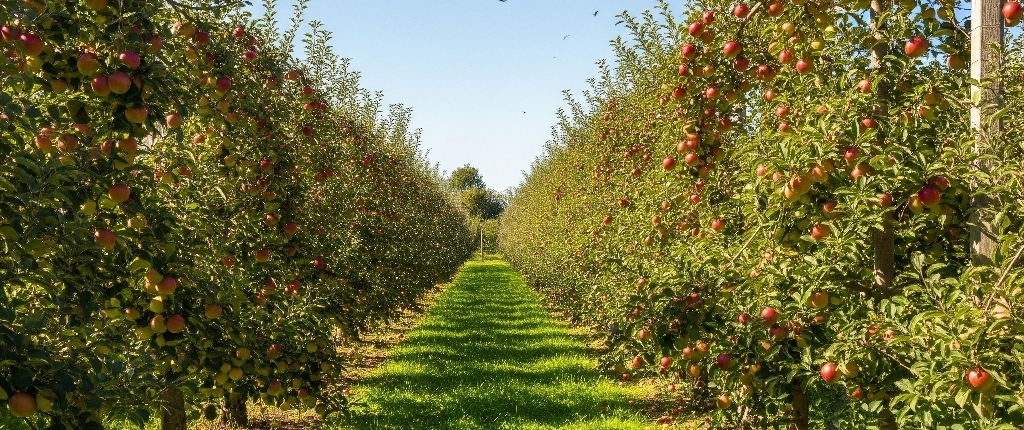Introduction: The Farmland Investment Debate
The allure of profitable farmland investment as an alternative asset class has grown in recent years. With stocks and bonds facing volatility, investors seek tangible assets with inflation-hedging potential. Farmland, a finite resource, offers exposure to global food demand—but is it truly profitable?
This analysis examines:
- Supply-demand dynamics (shrinking arable land vs. population growth)
- Technological disruptions (automation, precision agriculture)
- Financial risks (climate change, labor shortages)
- Historical returns compared to traditional investments
Why Farmland? The Case for Agricultural Investments
1. Scarcity Drives Long-Term Value
Only 12% of global land is arable, which is decreasing, and urbanization degrades 25 million acres annually. As supply shrinks, demand soars:
- The global population will reach 9.7 billion by 2050 (UN)
- Middle-class expansion increases protein/calorie consumption
2. Inflation Hedge & Stable Cash Flow
Farmland generates revenue through:
- Crop sales (corn, soy, wheat)
- Leasing to farmers (average 3–8% annual returns)
- Subsidies (e.g., U.S. farm bills)
Unlike stocks, farmland exhibits low correlation to market cycles, reducing portfolio risk.
Challenges to Farmland Profitability
1. Climate Change & Environmental Risks
- Soil degradation affects 33% of global farmland (FAO)
- Water scarcity threatens irrigation-dependent regions
- Extreme weather disrupts crop yields (e.g., 2022 U.S. drought cost $21.4B)
2. Labor Shortages & Rising Costs
- reduction of agricultural workforce specially in the USA.
- Mechanization costs: A single harvest robot costs $250K–$500K
3. Market Volatility
- Commodity price swings.
- Trade wars.
How Technology Enhances Farmland ROI
1. Precision Agriculture
- GPS-guided tractors reduce fuel/labor costs.
- AI-powered irrigation cuts water usage.
2. Vertical Farming & Hydroponics
higher yields vs. traditional farms.
Urban proximity reduces transport costs
3. Blockchain for Transparency
- Farm-to-table traceability attracts premium buyers
- Smart contracts automate lease payments
How to Invest in Farmland (4 Practical Ways)

1. Direct Ownership
- Pros: Full control, tax benefits.
- Cons: High capital ($5K–$15K/acre), management complexity
2. Farmland REITs
- Example: Gladstone Land (NASDAQ: LAND) yields 3.2% annually
- Liquidity: Buy/shares like stocks
3. Crowdfunding Platforms
- Nobilior Farms up tp 15% IRR
- AcreTrader (min. $10K): Targets 7–12% IRR
- FarmTogether (min. $15K): Focuses on organic farm.
4. Agricultural ETFs
- Invesco DB Agriculture Fund (DBA): Tracks commodity prices
Expert Predictions: Is Farmland a Smart Buy in 2024?
Farmland could deliver 8–10% returns over the next decade.
Agriculture is a important due to food security concerns.
popularity of investing in farmlands
Conclusion: Should You Invest?
Farmland presents a unique profitable farmland investment opportunity for patient investors. While climate and labor challenges exist, technology and global demand may drive long-term appreciation.
The strategies below can be effective:
- Allocate 5–15% of your portfolio to farmland
- Prioritize regions with stable water access (e.g., Brazil, Pacific Northwest)
For investors seeking diversification beyond stocks, farmland offers a compelling mix of income, inflation protection, and impact potential.


